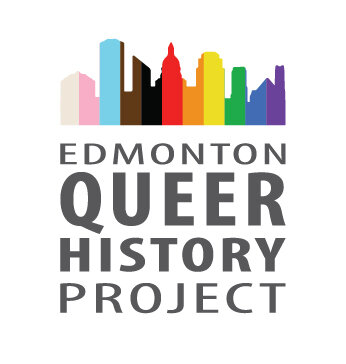CLICK HERE to continue reading full text on this page or download below
Charges such as sodomy and gross indecency have long been used to explicitly target and persecute gay men and, in at least one case, a woman in Yellowknife . Historical records from the Royal Northwest Mounted Police indicate charges of indecency and sodomy as early as 1905 in the new provinces of Alberta and Saskatchewan. In several cases, gay men were often designated as dangerous sexual offenders or psychopaths for no other reason than having intimate relationships with someone of the same sex.















